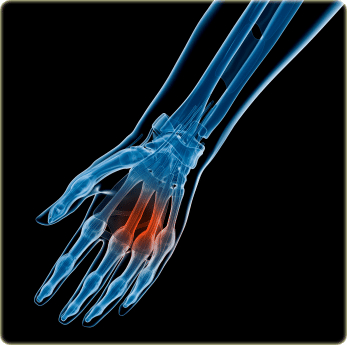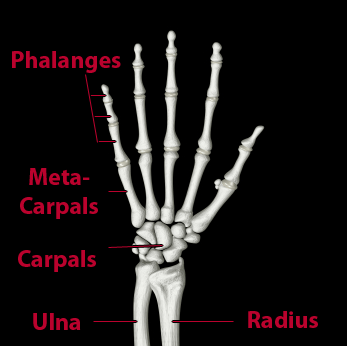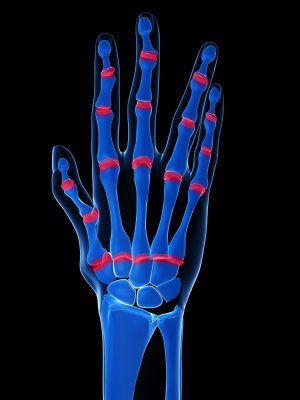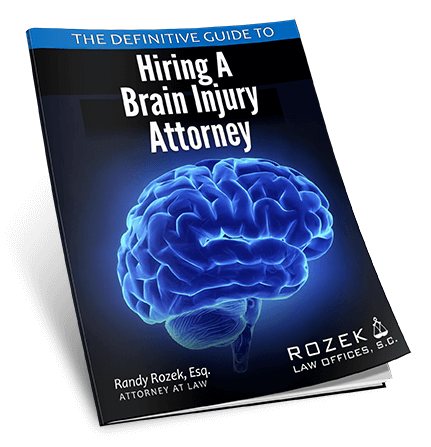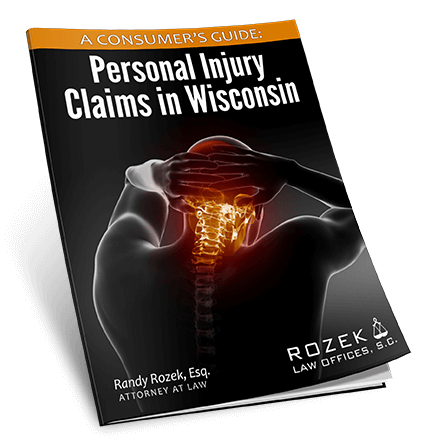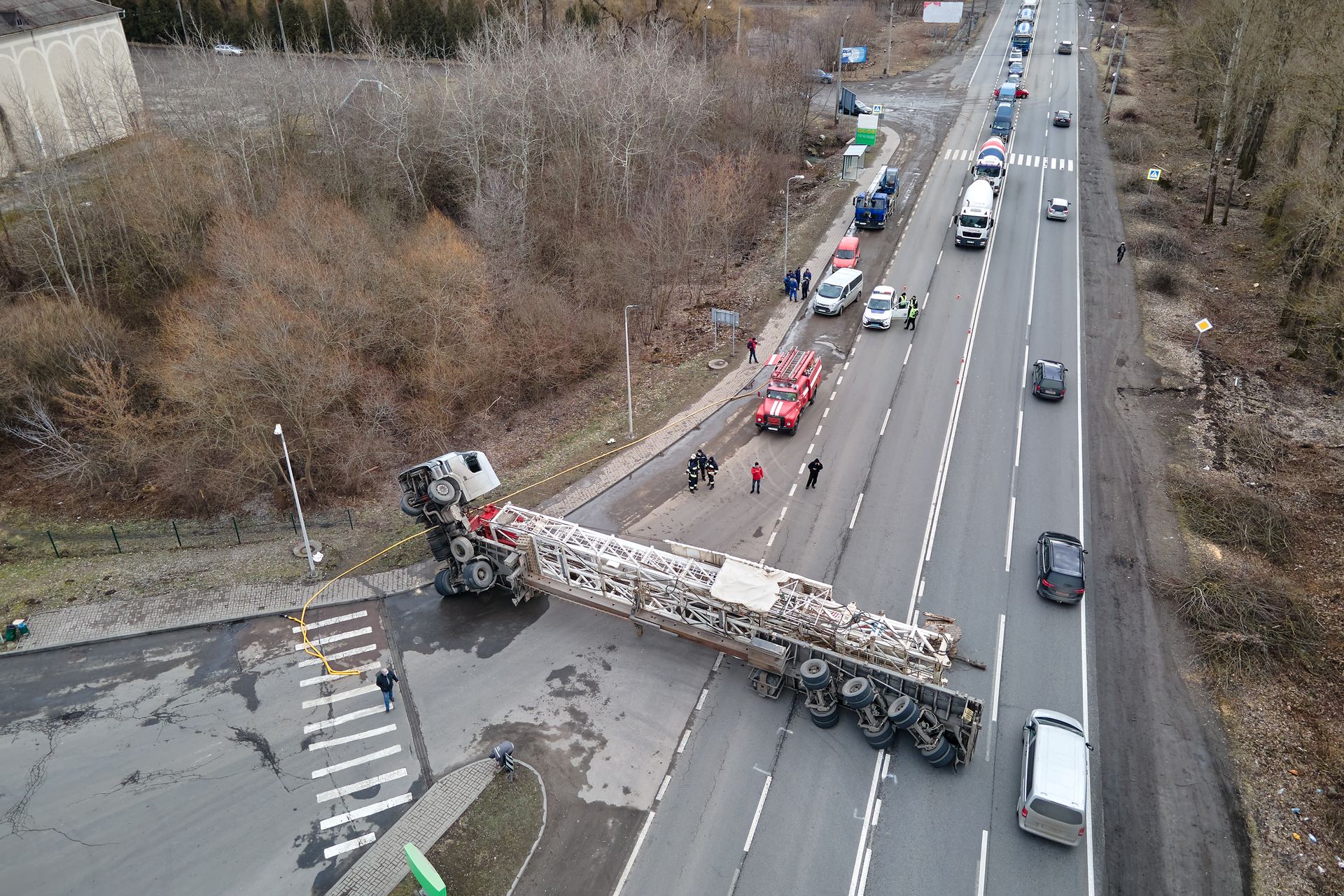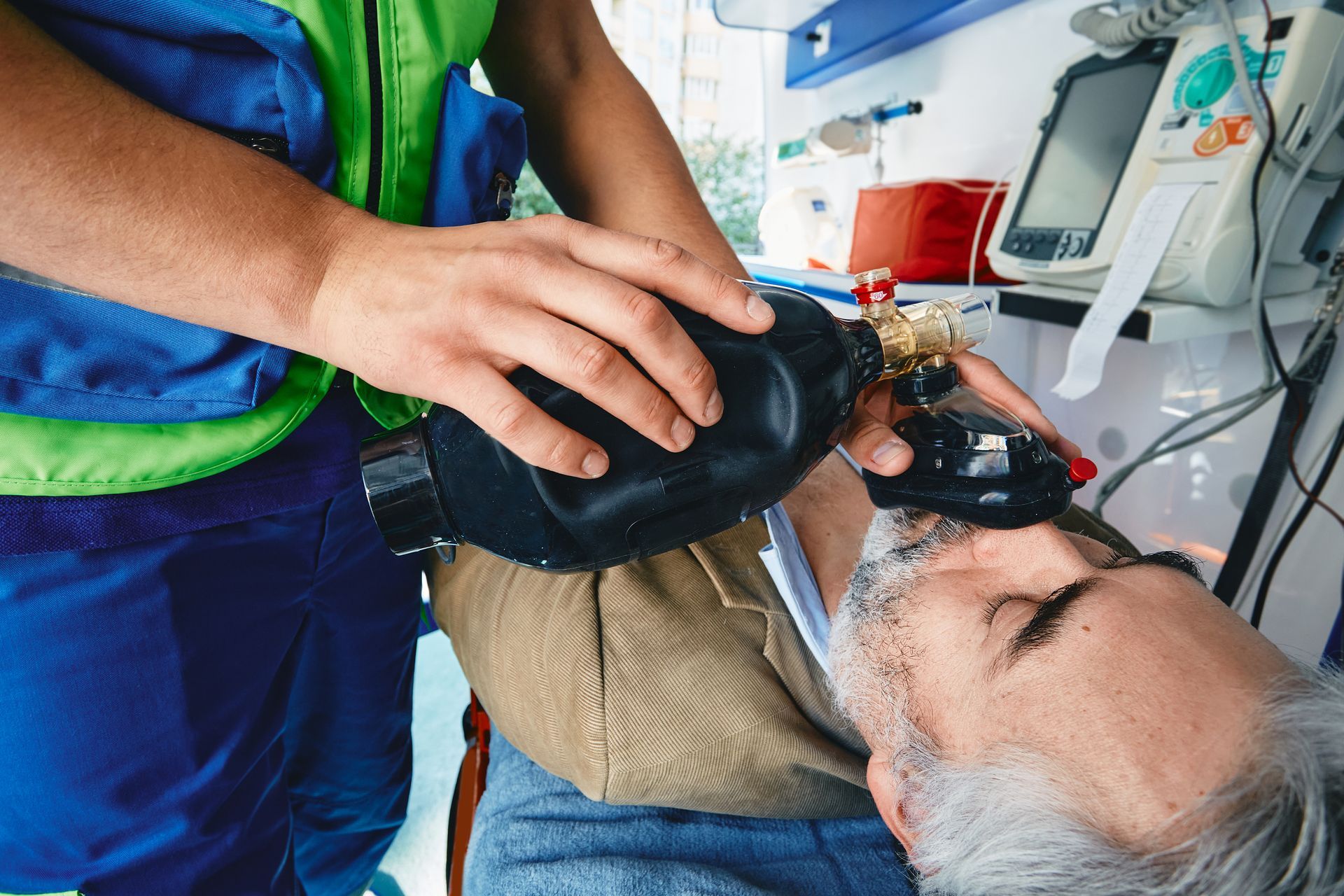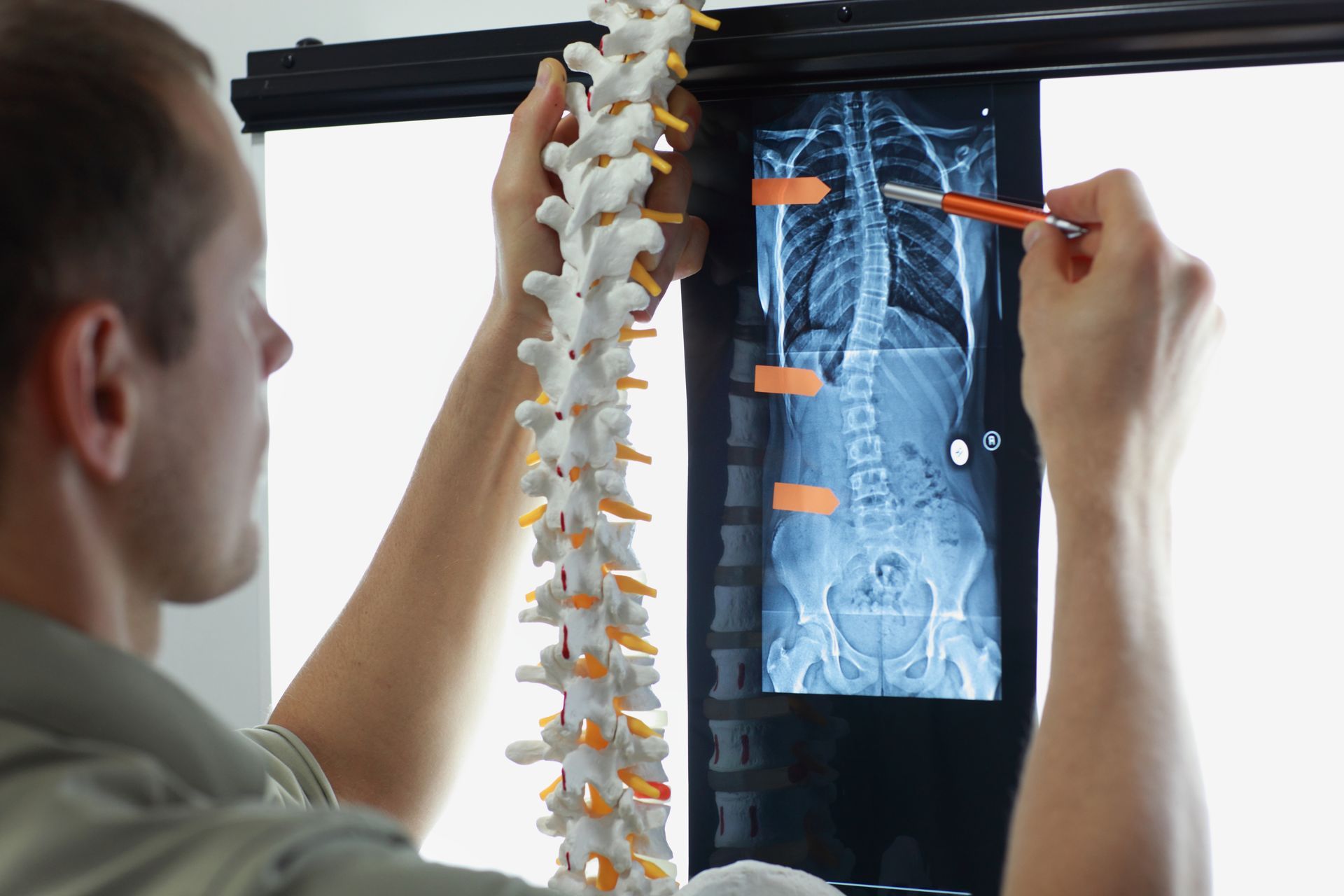Wisconsin Hand Injury Attorney
Hand Injury Attorney Milwaukee, Wisconsin – The Hand is an incredibly complex combination of the following:
Bones of the Hand
Types of Hand, Thumb and Finger Fractures
All Hand, Thumb and Finger Fractures are either Complete Hand, Thumb or Finger Fractures or Incomplete Hand, Thumb or Finger Fractures . A Complete Hand, Thumb or Finger Fracture means that a bone of the Hand, Thumb or Finger is cracked all of the way through the bone. An Incomplete Hand, Thumb or Finger Fracture means the crack of the bone does not go all of the way through the bone.
A Comminuted Hand, Thumb or Finger Fracture is one in which the bone has broken into a number of different pieces.
The common medical terminology for Hand, Thumb and Finger Fractures is as follows:
- Metacarpal Fracture
– a fracture of the bone connecting the wrist (Carpals) to the fingers or thumb (Phalanges) – Metacarpal Fractures are classified from the thumb (1st Metacarpal) to the pinky finger (5th Metacarpal)
- Proximal Phalanx Fracture
– a fracture of the finger or thumb bone closest to the metacarpals – Proximal Phalanx Fractures are classified from the thumb (1st Phalanx) to the pinky finger (5th Phalanx)
- Middle Phalanx Fracture
– – a fracture of the finger bone which connects the Proximal Phalanx to the tip of the finger – Middle Phalanx Fractures are classified from the index finger (2nd Phalanx) to the pinky finger (5th Phalanx) – Note: the thumb (1st Phalanx) does not have a middle phalanx bone
- Distal Phalanx Fracture
– – a fracture of the finger bone which connects the Proximal Phalanx to the tip of the finger – Distal Phalanx Fractures are classified from the thumb (1st Phalanx) to the pinky finger (5th Phalanx)
Treatment for a Broken Hand, Thumb or Finger
Uncomplicated Hand, Thumb or Finger Fractures
can be treated by Reduction
(putting the bone back in place), Casting
(putting a cast over the Hand, Thumb or Finger). Surgery
is often necessary to repair more serious Hand, Thumb or Finger Fractures, oftentimes, utilizing metal plates and screws during surgery to increase stabilization to the Broken Hand, Thumb
or Finger. An Open Reduction
with Internal Fixation means the site of the injury is opened by a surgeon, who then puts the bone back in place, removes any identifiable bone fragments and installs a metal plate and screws to repair the Hand, Thumb or Finger Fracture.
Prognosis for a Broken Hand, Thumb or Finger
The severity and type of the Hand, Thumb or Finger Fracture will determine the ultimate prognosis. Hand, Thumb or Finger Fractures commonly result in some type of permanent impairment to the broken bone, oftentimes with accompanying pain, limitation in range of motion and functional loss.
Hand, Thumb or Finger Dislocation Injury
Treatment of Hand, Thumb or Finger Dislocations
The proper course of treatment following Hand, Thumb or Finger Dislocation
is typically Reduction, which is the process of forcing the bones back into proper alignment. Reduction can be extremely painful and requires a significant amount of force. Once the bones of the Hand, Thumb or Finger
is back in proper alignment, X-rays are taken to determine the extent of any associated Hand, Thumb or Finger Fractures. The Hand, Thumb or Finger is then typically casted and the injury victim is required to return in a few days for follow-up X-rays. Hand, Thumb or Finger Dislocations
may or may not result in permanent Hand, Thumb or Finger joint instability, loss of range of motion, weakness and ongoing pain.
Hand, Thumb or Finger Muscle, Tendon and Ligament Injuries
The Hand contains a complex network of ligaments, tendons, joints, muscles, arteries, veins, nerves and blood vessels all working together. Trauma to the Hand can disrupt the proper movement of the Hand.
The following are common soft-tissue injuries to the Hand:
- Sprain
– a stretch or tear to the Hand, Thumb or Finger ligaments (fibers connecting one bone to another bone)
- Strain
– a stretch or tear to the Hand, Thumb or Finger tendons (fibers connecting the muscles to the bones)
- Rupture
– a complete tear of an Hand, Thumb or Finger ligament or Hand, Thumb or Finger tendon
Hand, Thumb or Finger Sprains and Hand, Thumb or Finger Strains are classified in order of severity as follows:
- Grade I Hand, Thumb or Finger Sprain or Hand, Thumb or Finger Strain
- Grade II Hand, Thumb or Finger Sprain or
- Grade III Hand, Thumb or Finger Sprain or Hand, Thumb or Finger Strain
It is important to keep in mind that Sprains and Strains are stretches or tears of the Hand, Thumb or Finger Ligaments, Hand, Thumb or Finger Tendons or Hand, Thumb or Finger Muscles. While many Hand, Thumb or Finger Sprains and Hand, Thumb or Finger Strains do heal with time, they may not heal completely. Although the damage may be microscopic and may not visible on current imaging techniques such as MRI, this does not mean that Hand, Thumb or Finger Sprains and Hand, Thumb or Finger Strains may not result in serious and severe pain and permanent impairment.
Treatment of Hand, Thumb or Finger Tendon, Ligament and Muscle Injuries
The treatment of Hand, Thumb or Finger Injuries is largely dependent on the specific injury sustained. The different types of treatment can include the following:
- Immobilization
- Physical Therapy
- Massage Therapy
- Ultrasound
- Corticosteriod Injections
- Pain Medication and Muscle Relaxants
- Surgery
Contact an Experienced Wisconsin Hand, Thumb or Finger Injury Attorney
Each year innocent victims suffer Wisconsin Hand, Thumb or Finger Injuries as a result of the carelessness of another. It is critical that Hand, Thumb or Finger Injury victims have an attorney that understands Hand, Thumb or Finger Injuries and the potential ongoing problems that can result from Hand, Thumb or Finger Fractures, Hand, Thumb or Finger Dislocations, Hand, Thumb or Finger Tendon Injuries and Hand, Thumb or Finger Ligament Injuries.



